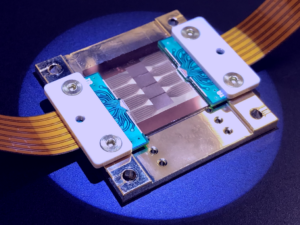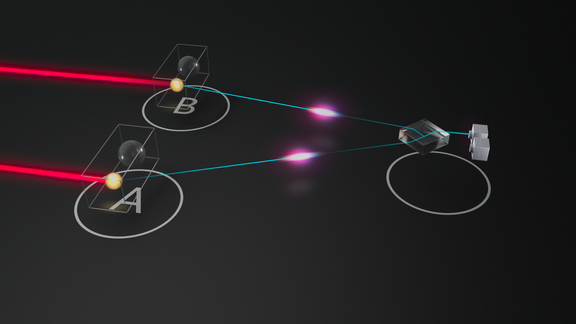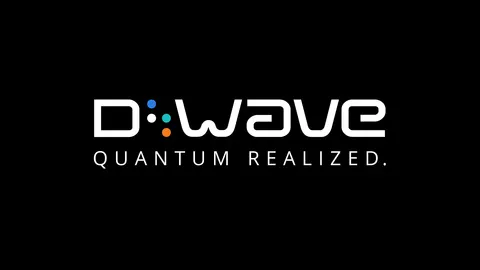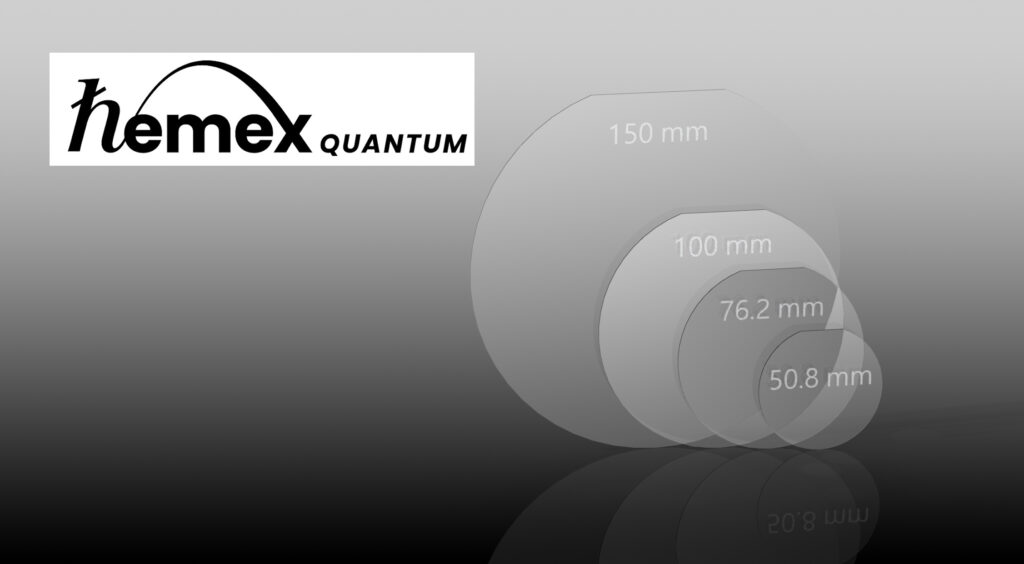Insider Brief
- Photonic demonstrated entanglement between modules, which the team says is a significant milestone on the path to commercially relevant quantum systems.
- Photonic’s architecture provides a solution to scalable entanglement distribution, a primary challenge to scalable quantum computing.
- Critical Quote: “The crucial role that entanglement distribution will play in unlocking the commercial promise of quantum computing cannot be overstated. Large-scale quantum algorithms running across multiple quantum computers require enormous amounts of distributed entanglement to work well.” — Dr. Stephanie Simmons, Founder and Chief Quantum Officer at Photonic.
- Image: Photonic
PRESS RELEASE — Photonic Inc., a leader in distributed quantum computing in silicon, today announced a significant milestone on the path to commercially relevant quantum systems. While many existing quantum architectures achieve entanglement within modules, Photonic has demonstrated entanglement between modules. In this way, Photonic’s architecture provides a unique solution to one of the primary challenges on the road to large-scale quantum adoption—scalable entanglement distribution—and literally goes “outside the box” to open avenues for transformative applications in fields such as materials science and drug discovery.
“The crucial role that entanglement distribution will play in unlocking the commercial promise of quantum computing cannot be overstated. Large-scale quantum algorithms running across multiple quantum computers require enormous amounts of distributed entanglement to work well,” said Dr. Stephanie Simmons, Founder and Chief Quantum Officer at Photonic. “These demonstrations highlight the promise of our distinctive architectural approach to solve the challenge of scaling beyond single nodes. While there is still much work ahead, it’s important to acknowledge the pivotal role that entanglement distribution must play in shaping quantum system designs.”
“Last November, we announced a strategic collaboration with Photonic to co-innovate on quantum technologies to accelerate scientific discovery. These recent developments showcase a fundamental capability: entanglement distribution over long distances. With these advancements, we’re progressing toward the next stages of networked quantum computing.” Krysta Svore, Distinguished Engineer and Vice President of Advanced Quantum Development at Microsoft.

Photonic’s approach is based on optically-linked silicon spin qubits with a native telecom networking interface, meaning that it can integrate with the infrastructure, platforms, and scale of today’s global telecommunications networks, including the Microsoft Azure cloud. Three demonstrations, culminating in the teleported CNOT gate sequence, established and consumed distributed quantum entanglement—entanglement between qubits not adjacent to one another or even in the same cryostat.

Global Quantum Intelligence’s March 2024 Scalable Quantum Hardware report confirmed “the necessity for a modular approach to scaling in nearly all proposed quantum computing architectures. This modular approach, which emphasizes distributed rather than monolithic quantum computing stacks, offers not only scalability but also flexibility, maintainability, and redundancy.”
“Photonic has a highly disruptive technology approach,” said David Shaw, Chief Analyst with Global Quantum Intelligence. “Photonic’s silicon spin qubits with optical photonic interconnects hold the enticing prospect of synergies in quantum communications and networking. These recent demonstrations are evidence on the way forward. The future path to 200kHz for distributed entanglement with 99.8% fidelity is very striking. This would enable a wide variety of applications. This sets a new bar for quantum roadmaps that others will be under pressure to follow. This stands to accelerate the industry.”
Learn more about these milestones and Photonic’s advancements in executing a remote gate sequence – the teleported CNOT – between silicon-spin qubits located in different cryostats connected by a telecom fibre:
- Read Photonic’s scientific paper Distributed Quantum Computing in Silicon
- Read Photonic’s new whitepaper Distributed Quantum Computing in Silicon: Entanglement Between Modules
- Watch Distributed Quantum Entanglement: An Explainer Video
- Watch The Path to Distributed Quantum Computing: an interview with Photonic’s Founder and Chief Quantum Officer Stephanie Simmons
- Attend The Economist’s 3rd annual Commercializing Quantum Global 2024 in London, England, on June 5-6, 2024 to see the Fireside chat: progress towards distributed-quantum computing: what is needed for a quantum internet? with Stephanie Simmons, Founder and Chief Quantum officer, Photonic and Hermann Hauser, Co-founder and Venture Partner, Amadeus Capital Partners
- See the keynote talk Theoretical, Possible, Inevitable: The Evolution of Distributed Quantum Computing with Photonic CEO, Dr. Paul Terry at IQT Vancouver/Pacific Rim in Vancouver, Canada June 4-6, 2024
- Sign up for the Commercializing Quantum Economist Insights Hour webinar sponsored by Microsoft on June 25, 2024
- Read the Microsoft Azure Quantum Blog In collaboration with Microsoft, Photonic demonstrates quantum entanglement at telecom wavelengths



















